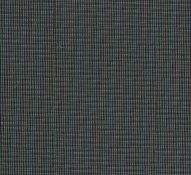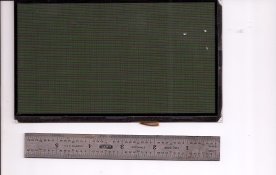holmburgers
Member
Hmmm, yeah i should try that. but i don't think the two colour theory would work in that situation. I think the separations would have to be layered on top of each other. I don't think it would work if they were side by side.
I'm not sure if you understand how screen-plates work. Yes, of course they would work side-by-side... that's how Autochromes, Dufaycolor, Paget plates, my example, Stephen's example all work.... that's how your TV works to make color!
The fact that it's two color would have no effect, and I have no idea what you mean by 'on top of each other'. As long as the orthochromatic film was equally sensitive to blue and green (and I have no idea if it is) it would work with those two colors and produce some semblance of reality, much like any historic 2-color approach is capable of.
Also, I'm not clear as to why we're talking about color "separation" filters. I know that Ray brought it up, but unless you're making separations from your screen plate photograph, they have no purpose whatsoever in the picture making/taking process of a screen plate... unless you plan on cutting them up and mixing them as PE suggested for his "confetti" idea.






